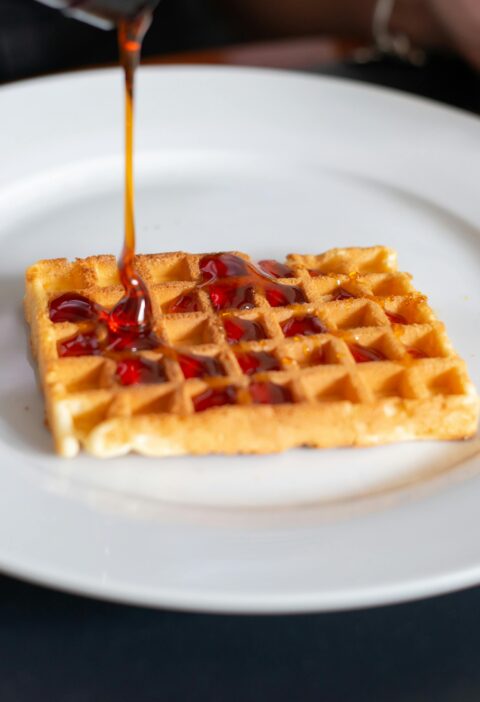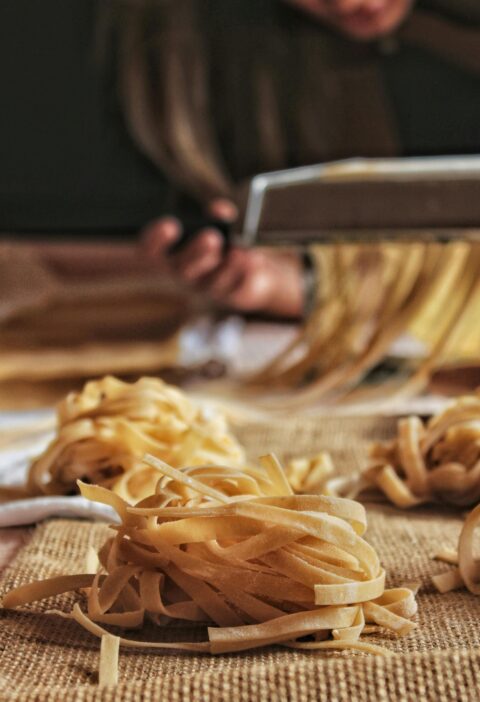Thin, delicate, and rich in protein — these crepes are perfect filled with veggies, cheese, or eggs.
Difficulty: Medium
Preparation time: 10 minutes
Cooking time: 10 minutes

Ingredients:
- 60g cricket flour
- 60g all-purpose flour
- 2 eggs
- 250ml milk (dairy or plant-based)
- A pinch of salt
- 1 tablespoon olive oil or melted butter
- Optional fillings: sautéed mushrooms, spinach, ricotta, smoked salmon

Instructions:
- In a bowl, whisk together the flours and salt.
- In another bowl, beat eggs with milk and oil.
- Gradually add the wet mixture to the dry, whisking until smooth.
- Let the batter rest for 10–15 minutes.
- Heat a lightly oiled non-stick pan over medium heat.
- Pour in a small amount of batter, swirl to coat the pan thinly.
- Cook for 1–2 minutes on each side. Fill and serve warm.
Enjoy!!!! Click here to try more savory high-protein meals with edible insects:
Link
– Link
Why Use Cricket Flour?
Cricket flour is an excellent source of sustainable protein, making it a smart and eco-friendly choice for modern recipes. Packed with essential nutrients like vitamin B12, iron, and omega-3 fatty acids, it supports muscle growth, boosts energy, and contributes to overall well-being. Unlike traditional protein sources, cricket flour has a minimal environmental impact, requiring less land, water, and feed. Its mild, nutty flavor blends seamlessly into baked goods, snacks, and even savory dishes, adding a nutritional boost without altering taste. Whether you’re an athlete, a health enthusiast, or simply curious, cricket flour is a versatile and forward-thinking ingredient worth exploring.
Back in the 1990s, the idea of eating insects in Europe was more of a joke than a serious proposal. Crickets were associated with faraway countries, not dinner plates in Paris or Berlin. But over the past three decades, attitudes have started to shift.
Driven by environmental concerns and the search for sustainable protein sources, crickets are slowly entering the European food scene. Unlike traditional livestock, they require less water, space, and feed, and they emit far fewer greenhouse gases. That makes them attractive to a generation more conscious of their ecological footprint.







